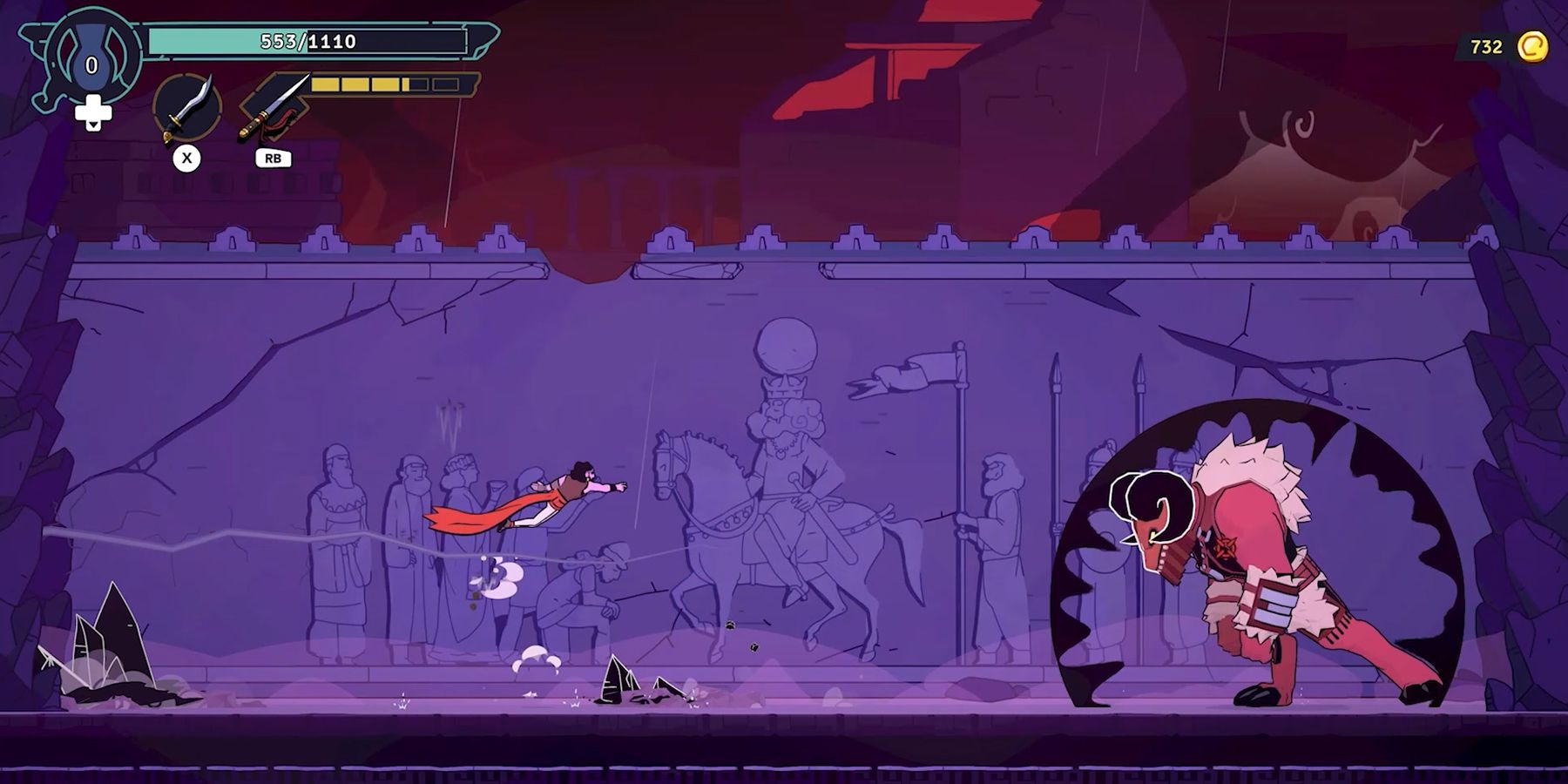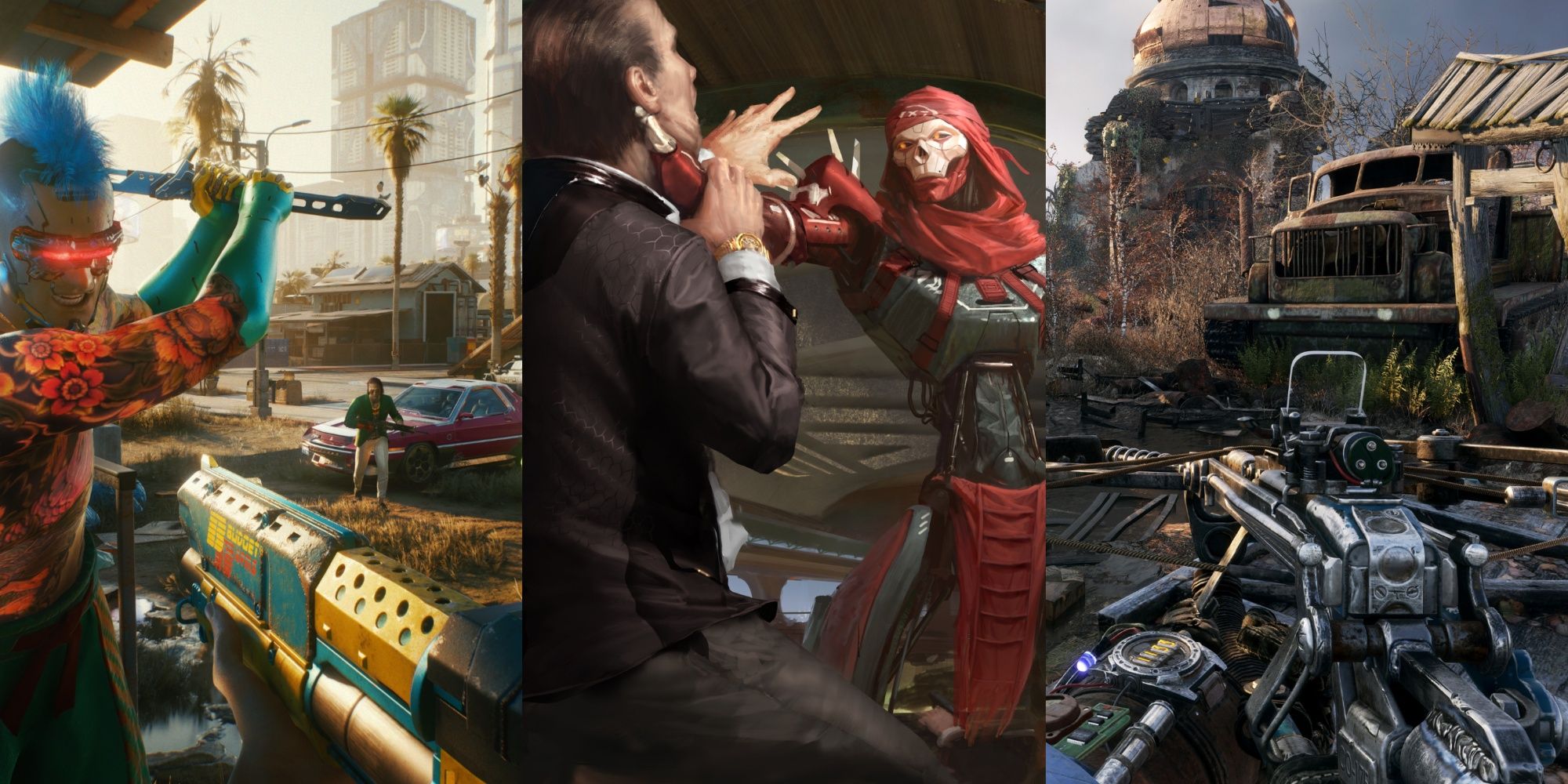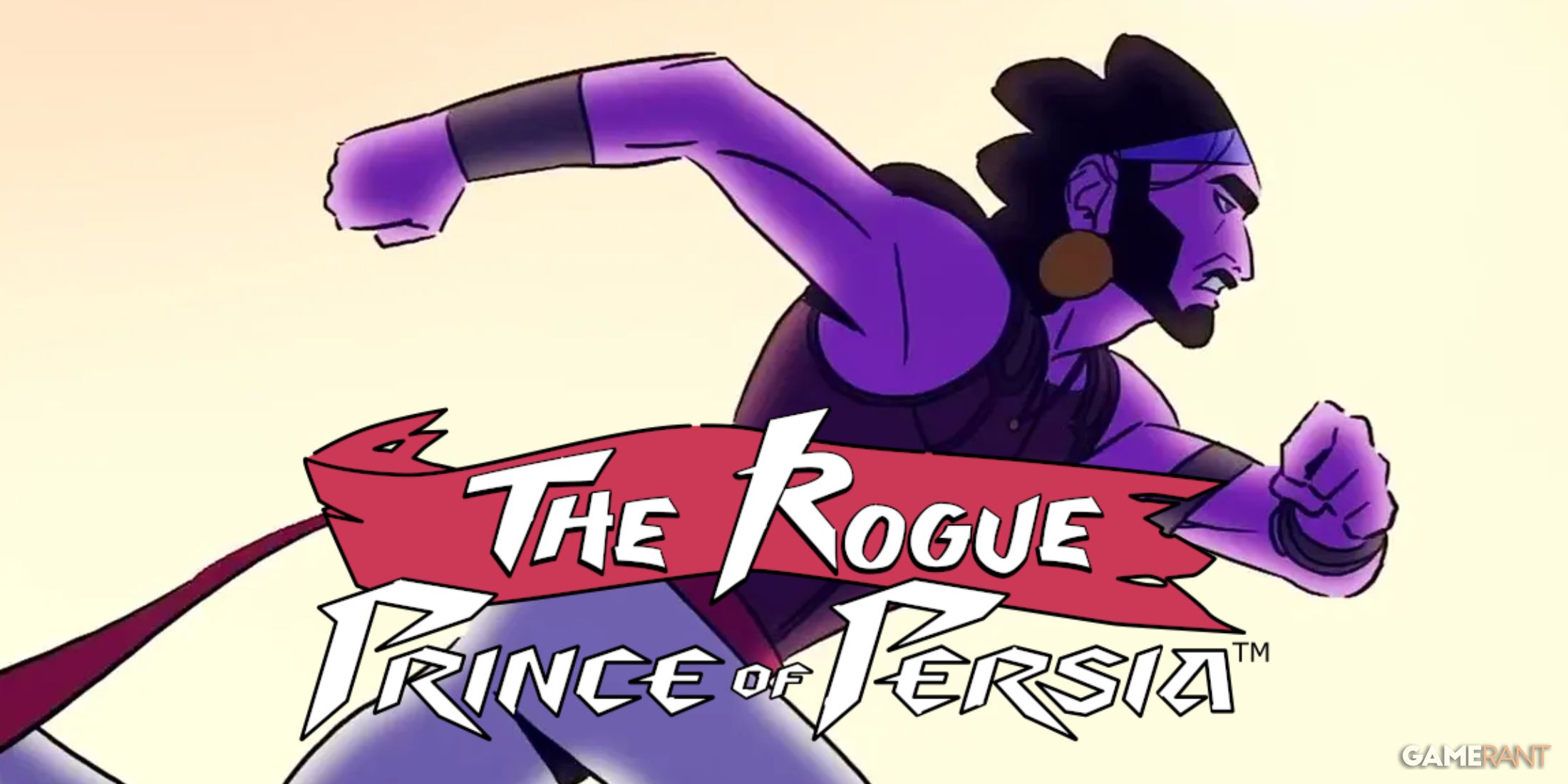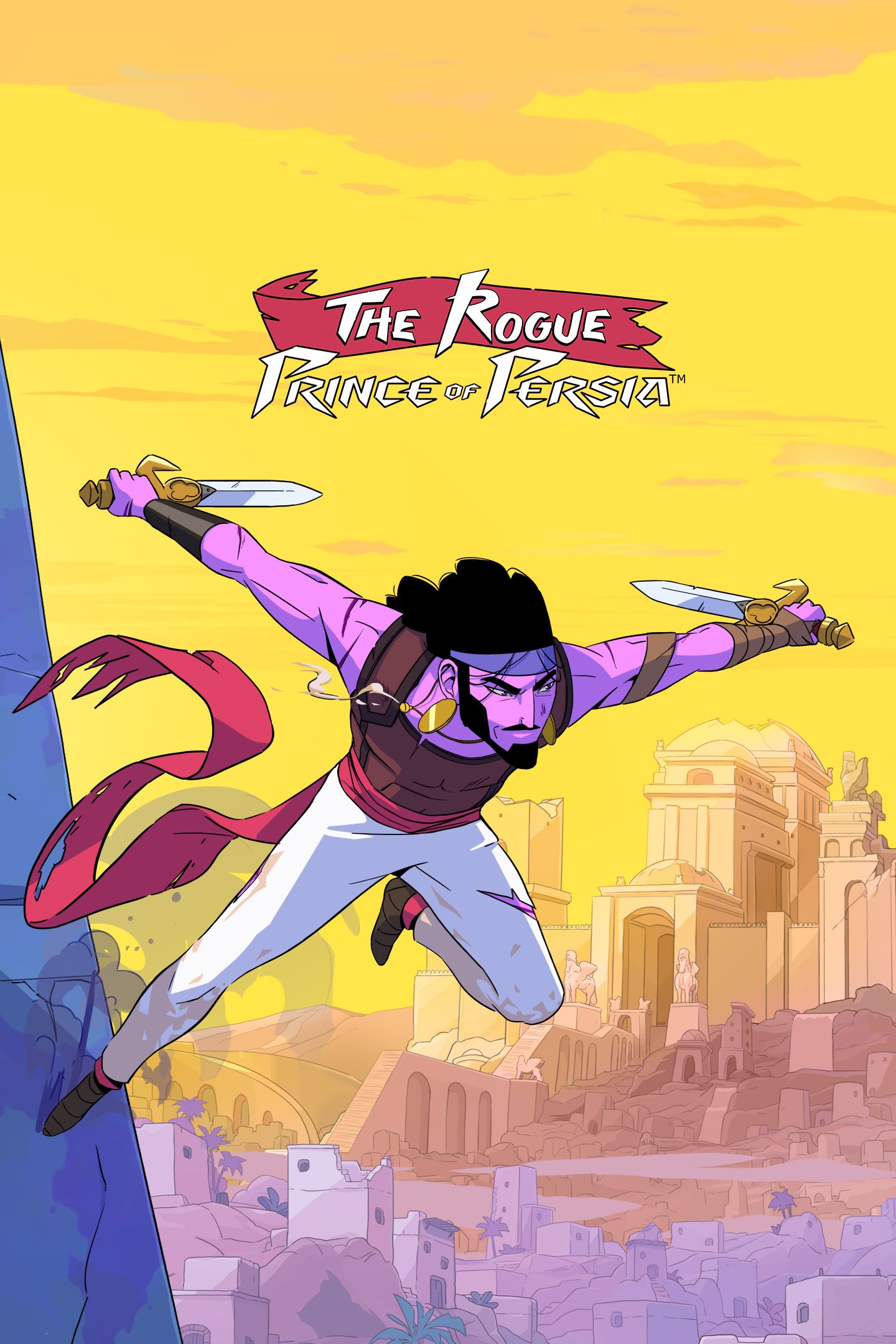Highlights
- The Rogue Prince of Persia brings fluid parkour mechanics to 2D platforming, setting a new standard for the genre.
- Players can climb on any surface in combat, using parkour to gain advantages and escape enemies.
- Boss fights in the game require quick parkour skills to navigate attacks and obstacles, adding depth to gameplay.
Parkour has always been a tricky thing to get right in the world of video games. More often than not, it can feel too clunky, slow, or unresponsive. Only a few games have really managed to capture the sense of fluidity, speed, and freedom of movement that parkour grants, with some of the best examples being the Assassin's Creed franchise, Mirror's Edge, and Titanfall 2. The Rogue Prince of Persia might have just earned itself a spot on that rather exclusive list.
Just released into early access on Steam, The Rogue Prince of Persia is a roguelike action-platformer from developer Evil Empire, the same studio that co-developed much of the similar action-platformer Dead Cells. But while Dead Cells' platforming mostly took a backseat to its action, it's a core pillar of The Rogue Prince of Persia, and in at least one major way, it sets a new bar for parkour in 2D games.

How The Rogue Prince of Persia Learned from Dead Cells
Game ZXC chats with developers from Evil Empire about how their experience working on Dead Cells helped with The Rogue Prince of Persia.
The Rogue Prince of Persia Makes Some Big Innovations for 2D Parkour
The Rogue Prince of Persia's Wall-Running Mechanics Explained
Fluid traversal mechanics have been a staple of the Prince of Persia franchise since its very beginning all the way back in 1989, when the first game's smooth character movement animations were a defining point of praise. When it came time to revive the series in 2003, Prince of Persia: The Sands of Time attempted to not only pay homage to the early entries in the franchise but take their core mechanics and evolve them. Parkour was one such mechanic, with the Prince being given the ability to wall-run, perform backflips, vault over enemies, shimmy along ledges, and swing from poles.
In a similar fashion, The Rogue Prince of Persia looks to not only pay homage to The Sands of Time's parkour, but translate those mechanics seamlessly to a 2D plane, and it's easily one of the game's biggest strengths. By far the most impressive aspect of Rogue Prince of Persia's 2D parkour is that players are given the ability to wall-run and climb on practically any part of the level's background. This gives players an incredibly high level of freedom of movement right off the bat, allowing them to use the stage's background in a variety of ways without the need for any upgrades or additional tools.
Earlier this year, another 2D entry in the series, Prince of Persia: The Lost Crown , was released. Though it featured some incredibly fluid platforming mechanics, it didn't actually feature too much parkour, with players mainly using various dash abilities to get around.
How The Rogue Prince of Persia Weaves Parkour Into its Combat
While The Rogue Prince of Persia's novel ability to climb on almost any surface is pretty great on its own, it's how the mechanic is implemented into combat that really elevates it to the next level. Every enemy encounter in Rogue Prince of Persia will be set against a climbable backdrop, which means that players are able to use parkour to gain the upper hand in combat. Players can quickly climb to gain the height advantage or run along the wall to make a quick escape.
These mechanics are evolved even further during The Rogue Prince of Persia's boss fights. In the game's first boss encounter, players will have to avoid a minotaur-like enemy's attacks, some of which cause the ground to rip up around them. To avoid these attacks, players need to quickly parkour across the stone mural in the background of the screen.




